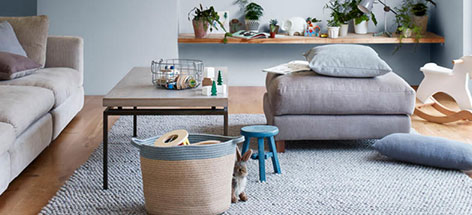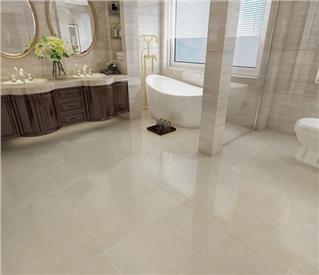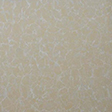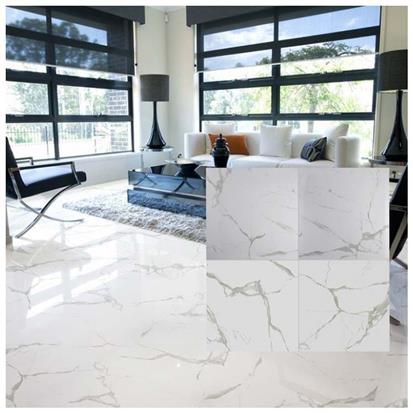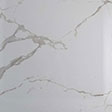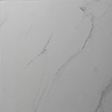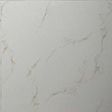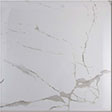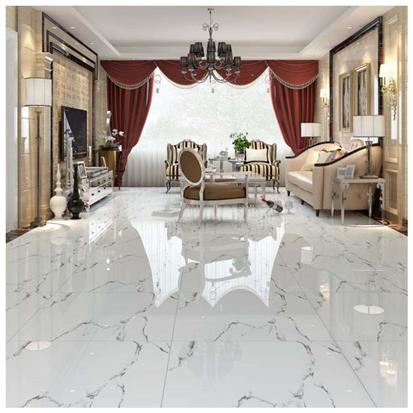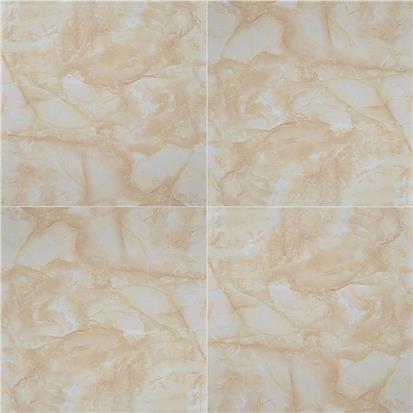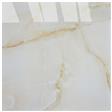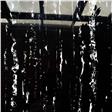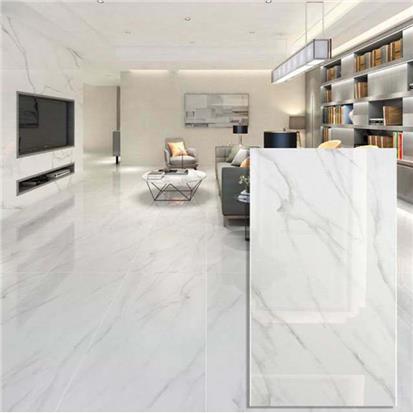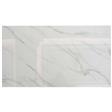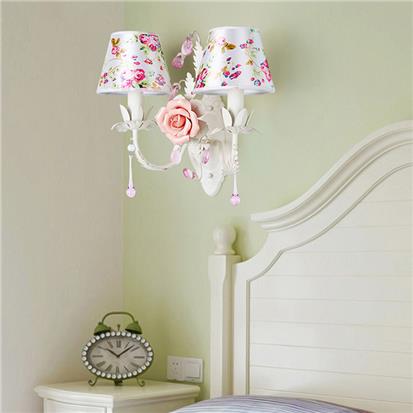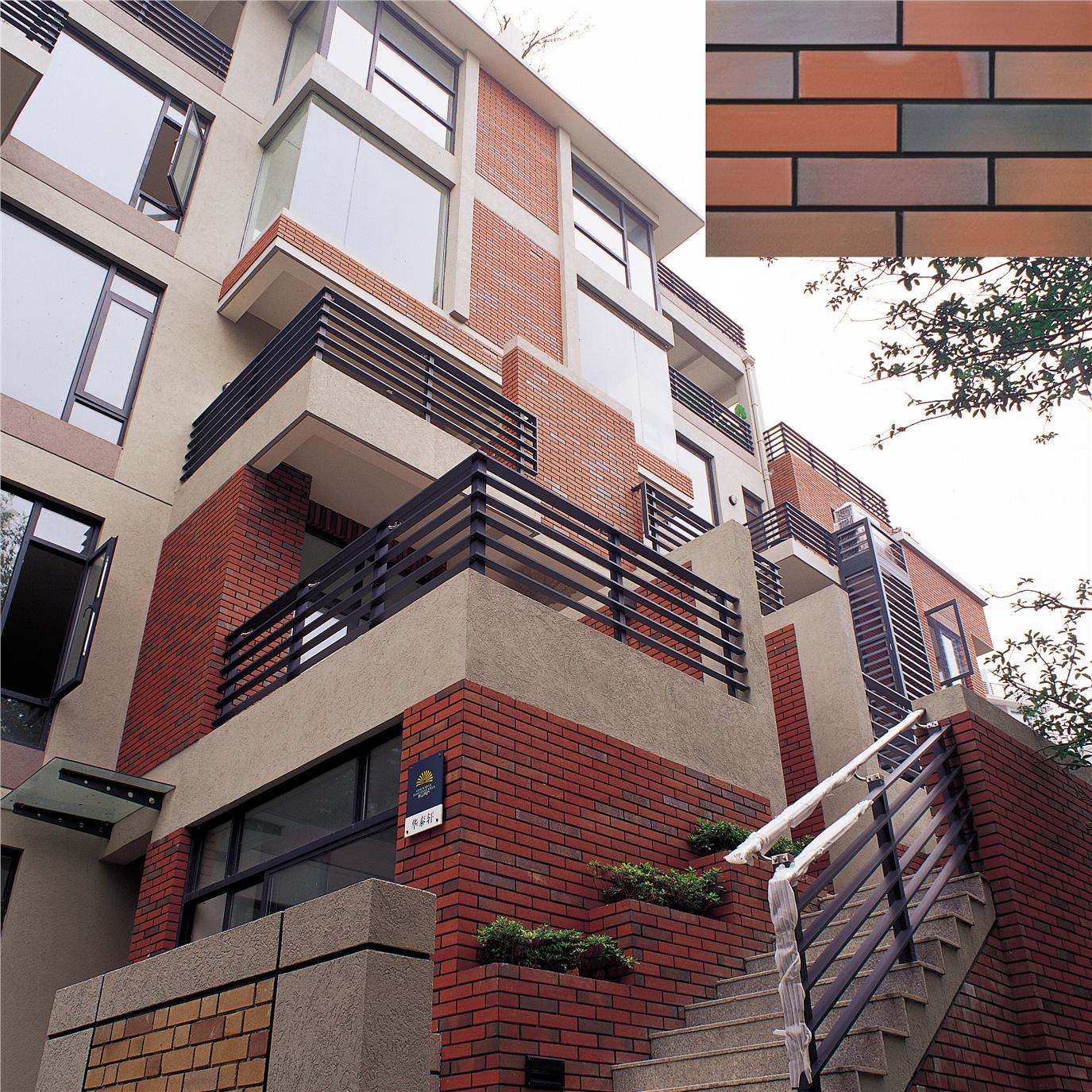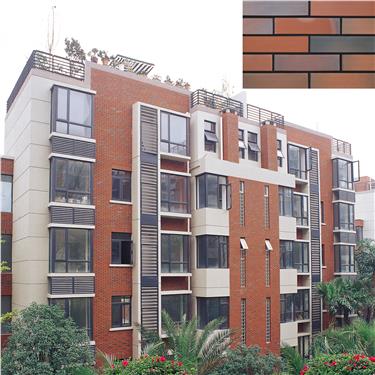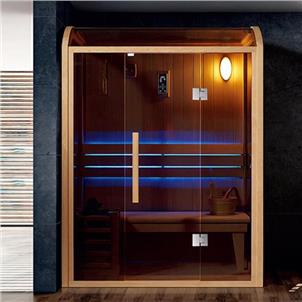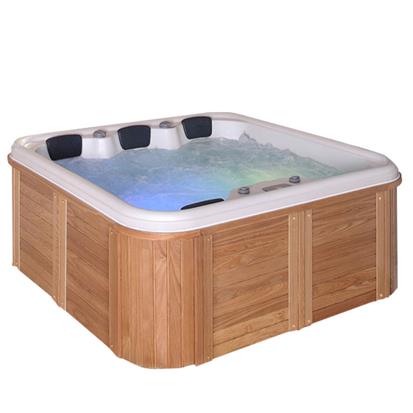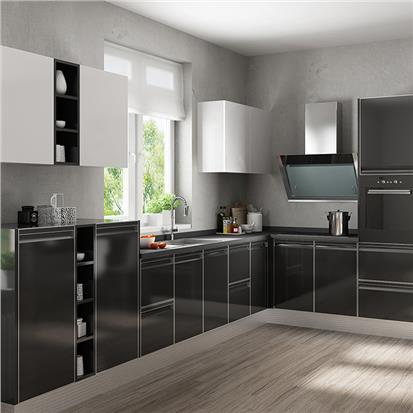Ceramic tile is one of the most popular and time-tested materials in both residential and commercial construction. From stylish backsplashes in kitchens to durable flooring in high-traffic areas, ceramic tiles offer a perfect blend of beauty, practicality, and affordability. In this guide, we’ll explore what ceramic tiles are, their benefits, how they compare to other materials, and why they continue to be a go-to choice for interior designers and homeowners alike.
Whether you're considering ceramic floor tile, ceramic wall tile, or glazed ceramic tiles for a remodeling project, this article will help you make an informed decision.
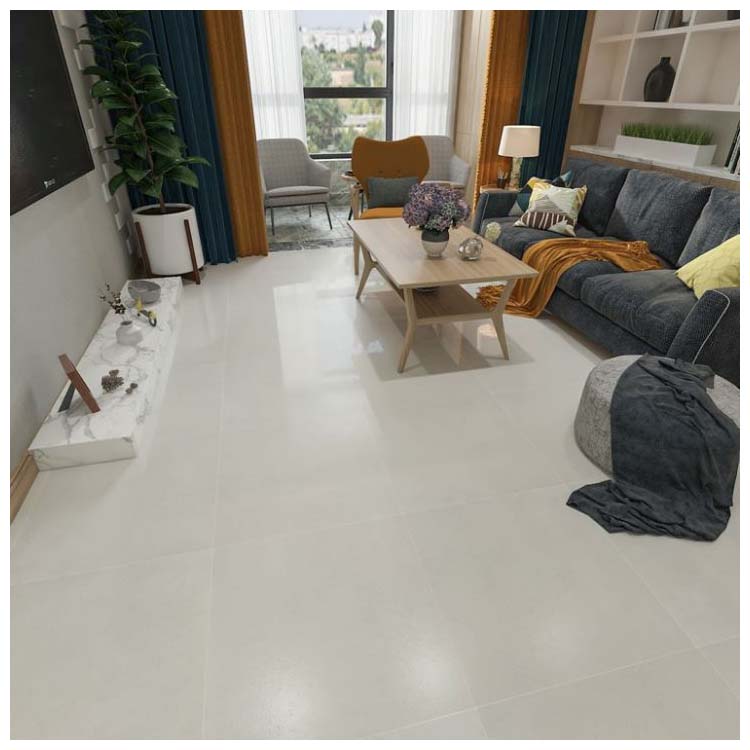
What is Ceramic Tile?
Ceramic tile is a building material made from natural clay, sand, and water. These ingredients are shaped into tiles and fired in a kiln at high temperatures. The result is a hard, durable surface that can be glazed for added color and protection.
There are two primary types of ceramic tiles:
Glazed ceramic tile – Coated with a protective glass layer that gives it a shiny, colorful finish and increases water resistance.
Unglazed ceramic tile – More natural-looking and often more slip-resistant, commonly used for outdoor or rustic applications.
Benefits of Ceramic Tile
1. Durability and Longevity
Ceramic tiles are known for their exceptional durability. They resist scratches, stains, and moisture, making them ideal for high-traffic and wet areas like bathrooms, kitchens, and entryways.
2. Water and Stain Resistance
When properly glazed, ceramic tiles are virtually impervious to water. This makes them an ideal choice for:
Kitchen backsplashes
Shower walls
Pool areas
3. Low Maintenance
Ceramic tile is easy to clean. Regular sweeping and occasional mopping with a mild detergent are enough to maintain its appearance. It doesn’t require sealing or special treatments like natural stone does.
4. Wide Range of Designs
Thanks to modern printing technology, ceramic tile comes in countless designs, from stone-look ceramic tile to wood-look ceramic tile, allowing for endless aesthetic possibilities.
5. Cost-Effective
Ceramic tile is generally more affordable than porcelain and natural stone while offering similar benefits in durability and appearance.
Ceramic Tile vs. Other Flooring Options
Ceramic Tile vs. Porcelain Tile
One of the most frequently asked questions is: ceramic vs porcelain tile – which is better?
| Feature | Ceramic Tile | Porcelain Tile |
|---|---|---|
| Water Absorption | Slightly higher | Lower (more waterproof) |
| Durability | Excellent | Superior (denser and harder) |
| Cost | More budget-friendly | Generally more expensive |
| Installation | Easier to cut and install | Requires professional tools |
| Usage | Indoors | Indoors and outdoors |
While porcelain tiles may be better suited for heavy-duty or outdoor use, ceramic tile is a more economical and flexible choice for most indoor applications.
Ceramic Tile vs. Vinyl and Laminate
Ceramic tile outperforms both vinyl and laminate in terms of durability, water resistance, and design longevity. Unlike vinyl, it doesn’t warp or bubble in humidity. And unlike laminate, it won’t scratch easily or fade under sunlight.
Applications of Ceramic Tile
1. Kitchen
Ceramic tiles are an ideal choice for kitchen backsplashes, countertops, and flooring. They resist spills, oil splashes, and heavy foot traffic.
2. Bathroom
For bathroom floors and shower walls, ceramic tile is a go-to choice. It's waterproof, mold-resistant, and easy to maintain.
3. Living Room
Modern ceramic tile designs can mimic hardwood or natural stone, offering a luxurious feel in living rooms without the high maintenance.
4. Outdoor Areas
Although porcelain is typically preferred for outdoor tile, textured or unglazed ceramic tiles can be used in covered patios, balconies, and sunrooms, especially in temperate climates.
Popular Styles and Finishes
Matte Finish – Ideal for non-slip surfaces in bathrooms and kitchens.
Glossy Finish – Adds shine and enhances color for decorative walls and backsplashes.
Textured Tiles – Create visual depth and add grip underfoot.
Wood-look Ceramic Tile – Offers the charm of hardwood with the durability of ceramic.
Ceramic Tile Installation Tips
1. Surface Preparation
Ensure the subfloor is level, clean, and dry. For walls, the surface should be solid and free of cracks.
2. Choosing the Right Adhesive
Use a thin-set mortar or tile adhesive suitable for ceramic tiles. For wet areas, consider using waterproof adhesives.
3. Grouting
Use grout that complements the tile color. Epoxy grout is more durable and stain-resistant than traditional cement grout.
4. Sealing
While ceramic tiles don’t need sealing, grout lines should be sealed to prevent moisture and mold buildup.
Long-Tail Keywords to Consider
To help boost your SEO, here are relevant long-tail keywords integrated into the article:
ceramic tile for kitchen floor
glazed ceramic tile vs porcelain
how to clean ceramic floor tile
ceramic tile bathroom ideas
best ceramic tiles for walls
wood-look ceramic tile flooring
outdoor ceramic tile for patio
durable ceramic tile for high traffic areas
ceramic tile patterns for living room
Eco-Friendliness and Sustainability
Ceramic tiles are a green choice. Made from natural materials and often recycled components, they are:
Non-toxic
Hypoallergenic
Long-lasting (reduces landfill waste)
Compatible with radiant heating systems
Additionally, many manufacturers offer LEED-certified ceramic tile options for eco-conscious consumers and builders.
Ceramic tile remains a favorite in the world of interior design and construction for good reason. Its affordability, ease of maintenance, stylish versatility, and lasting durability make it a smart investment for any project.
Whether you're renovating your bathroom, updating your kitchen backsplash, or searching for a timeless flooring solution, ceramic tile delivers value that lasts.
FAQ:
Q1: Is ceramic tile waterproof?
Glazed ceramic tiles are water-resistant, not entirely waterproof. Suitable for wet environments but not ideal for fully submerged areas like pools.
Q2: Can ceramic tile be used outdoors?
Yes, but only certain types. Choose unglazed or slip-resistant ceramic tiles for covered outdoor spaces. Porcelain is a better option for fully exposed areas.
Q3: How long does ceramic tile last?
With proper installation and care, ceramic tiles can last 20 to 50 years or more.
Q4: Is ceramic tile slippery?
Glossy ceramic tiles can be slippery when wet. Opt for matte or textured surfaces in bathrooms and kitchens.
 EN
EN FR
FR PT
PT AR
AR
